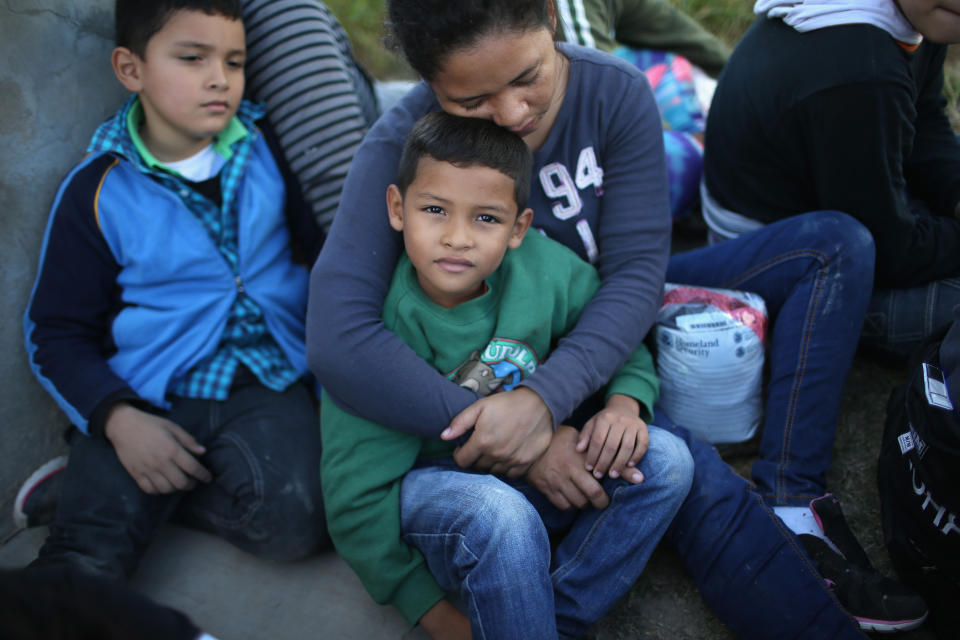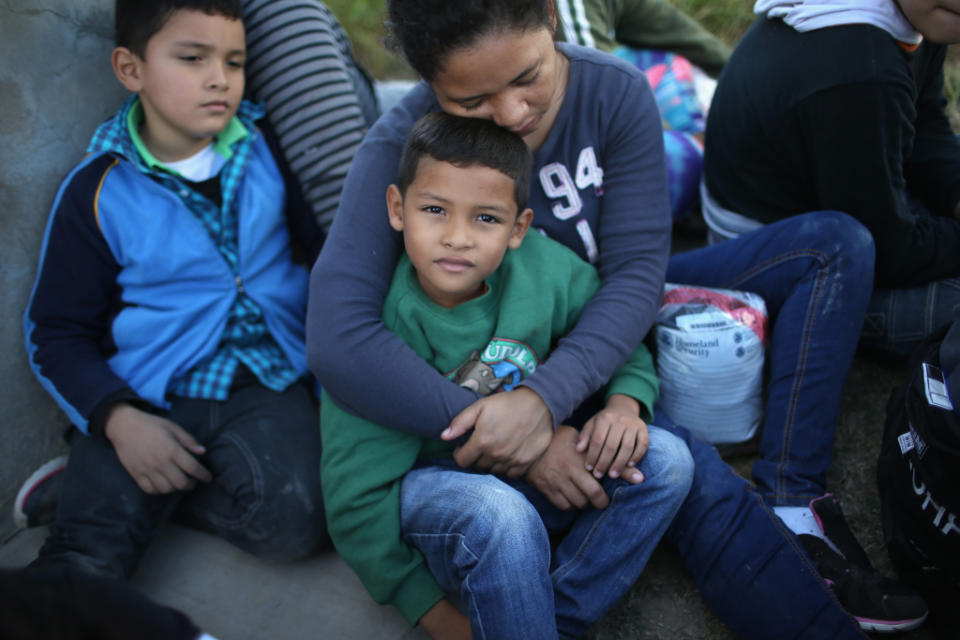For weeks, a chorus of protesters, religious groups, Democrats, and others have spoken out against the Trump administration’s “zero-tolerance” policy of separating the children of illegal immigrants from their families. Now they are finding a vocal ally: medical professionals.
The American Psychological Association wrote an open letter to Donald Trump imploring his administration to reconsider the policy and to “commit to the more humane practice of housing families together pending immigration proceedings to protect them from further trauma.” The letter cited a “mental health crisis” many families are suffering because of the administration’s policy.
The APA’s letter outlined several adverse outcomes the policy may have that could lead to long-lasting psychological damage, including stress and emotional trauma. “Sudden and unexpected family separation, such as separating families at the border, can add to that stress, leading to emotional trauma in children,” it said. “Research also suggests that the longer that parents and children are separated, the greater the reported symptoms of anxiety and depression are for children.”
On Friday, the Department of Homeland Security confirmed that the U.S. government has separated nearly 2,000 children from their parents in a little more than two months as part of the Trump administration’s policy on immigration. Attorney General Jeff Sessions has said the separations are intended as a deterrence to illegal immigration.
Also on Friday, the American Public Health Association issued its own statement decrying the separation of children from families as “inhumane,” warning it would have “a dire impact on their health, both now and into the future.”
The APHA said the trauma from such separation could lead to alcoholism, substance abuse, depression, obesity, and suicide. “More alarming is the interruption of these children’s chance at achieving a stable childhood,” the APHA said. “Decades of public health research has shown that family structure, stability and environment are key social determinants of a child’s and the communities health.”


